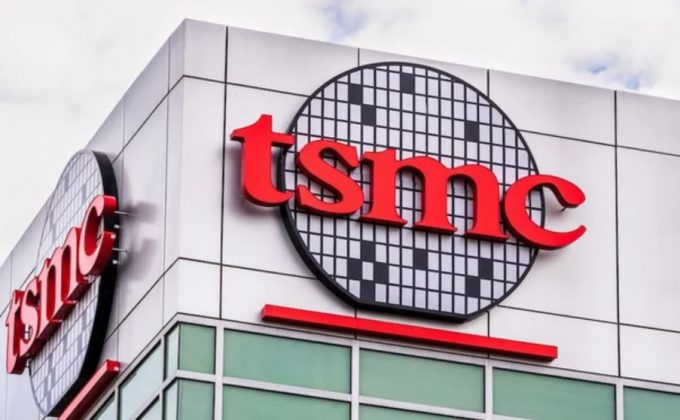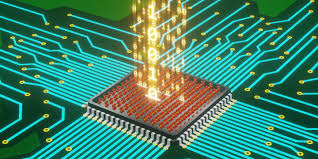Francis Tuschek
In a provocative interview on September 28, US Secretary of Commerce Howard Lutnick drew renewed attention to Taiwan’s strategic reliance on its booming semiconductor industry, proposing that Taiwan relocate half of its semiconductor manufacturing capacity to the United States. This statement has reignited debates over the “silicon shield,” a concept suggesting that Taiwan’s dominance in chip production offers the island a form of military protection against Chinese aggression.
Taiwan is a global semiconductor powerhouse, responsible for producing 60% of the world’s semiconductors and 90% of advanced chips, with the industry contributing about 15% to Taiwan’s GDP. However, this economic and technological prowess also exposes Taiwan to geopolitical risks. While Lutnick’s call aims to diversify production and strengthen US economic interests, Taiwan’s Vice-Premier Cheng Li-chiun swiftly dismissed the idea on October 1, asserting that Taiwan’s trade negotiations have not committed to such a division.
The notion of the “silicon shield” dates back to a 2000 article by journalist Craig Addison, who suggested that the US and other nations’ dependence on Taiwanese semiconductors acts as a deterrent to Chinese military action. The theory posits that China’s reliance on Taiwanese chips for both economic and technological development—about one-third of its supply—raises the stakes for any invasion, making such a move costly and less appealing. Additionally, many other nations’ dependence on Taiwanese semiconductors increases the likelihood of international opposition in the event of a conflict.
Yet, experts warn that this concept has inherent limitations. Some argue that Taiwan’s semiconductor industry may actually serve as an additional incentive for China to seize the island, aiming to secure unfettered access to advanced chips or to disrupt US technology. The ongoing global race for artificial general intelligence (AGI) could further motivate China to challenge Taiwan regardless of the shield’s effectiveness.
Furthermore, Taiwan’s semiconductor industry faces internal vulnerabilities. The island is experiencing a decline in qualified engineers, shrinking population, and water shortages—issues compounded by climate change—that threaten its manufacturing dominance. Ambitious investments by China, the US (through legislation like the 2022 CHIPS and Science Act which allocated nearly $53 billion to expand America’s own chip industry), and other nations aim to develop indigenous semiconductor capacities, potentially reducing Taiwan’s strategic importance over time.
Washington’s perception of Taiwan’s military security is also shifting. Many analysts believe Taiwan is increasingly militarily indefensible — a reality underscored by Lutnick’s pointed remark that Taiwan, just 80 miles off China’s coast, is under constant threat from Beijing’s explicit ambitions to take control. Historically, the US has viewed Taiwan as a vital strategic asset in the region, but recent political shifts suggest a more cautious approach. Some leaders like former President Trump have criticized Taiwan for “free-riding” on US military support and harbor doubts about its strategic significance, suggesting a possible decline in US commitment.
The complex interplay of Taiwan’s internal politics, regional security concerns, and international economic dependencies underscores the fragility of the “silicon shield” as a national security strategy. While Taiwan’s semiconductor industry remains a critical element of the global supply chain, reducing reliance solely on Taiwan for chip manufacturing may be inevitable as global efforts to develop local industries intensify.
Ultimately, the debate highlights a fundamental question: can Taiwan’s semiconductor industry continue to serve as a shield, or does its very prominence make it an even more tempting target for Chinese conquest? With tensions in the Taiwan Strait rising, the future of the island’s security and its role in the global technology landscape remain uncertain.


